Why infrastructure is so important? - Koon Yew Yin
Koon Yew Yin
Publish date: Tue, 28 Nov 2023, 10:17 AM
Koon Yew Yin, 18th Nov 2023
Infrastructure is the key factor for the success of any country and its people. Infrastructure is important because it powers businesses and connects workers to their jobs and citizens to opportunities for healthcare and education. It also creates opportunities within communities and an economy needs reliable infrastructure to connect supply chains and move goods and services.
Infrastructure enables trade, fosters innovation, and enhances the quality of life for people.
Some examples of infrastructure are roads, tunnels, bridges, railways, ports, airports, dams, reservoirs, waterways, canals, electricity grids, telephone lines, cellphone towers, internet networks, fire stations, hospitals, schools, sanitation facilities, and public parks.
Infrastructure can be classified into two broad categories: hard and soft. Hard infrastructure refers to the physical networks and systems that provide essential services, such as transportation, energy, water, and communication. Soft infrastructure refers to the human capital and institutions that support the effective functioning of society, such as education, health, law enforcement, and governance.
Infrastructure is also related to many of the Sustainable Development Goals (SDGs) that aim to end poverty, protect the planet, and ensure peace and prosperity for all by 2030. For example, infrastructure can help provide access to basic services, build resilience and reduce vulnerability to climate change and disasters, end hunger and promote sustainable agriculture, ensure clean water and sanitation, increase access to affordable and clean energy, and support inclusive and sustainable industrialization.
Key factor for the success of any country and its people.
Investing in sustainable and resilient infrastructure can boost economic growth, create jobs, reduce poverty, improve social equity, and protect the environment. However, there is a huge gap between the demand and supply of infrastructure, especially in developing countries. Innovative approaches to infrastructure finance and public procurement are needed to close this gap and ensure that infrastructure projects are aligned with the SDGs.
My involvement in infrastructure constructions.
After my graduation in 1957, I started working for JKR and I was involved in the construction of the Merdeka Station where Tungku Abdul Rahman declared Merdeka for Malaya.


I also supervised the construction of the National Indoor Stadium where the first Thomas Cup badminton was played. During the opening ceremony, I shook hands with our first Agong who was the Sultan of Perlis. Malaysia won the Thomas Cup which signified Malaysia had the best badminton players in the world. The best single badminton player in the world was Wong Peng Soon from Penang.
Muda River Irrigation Project:
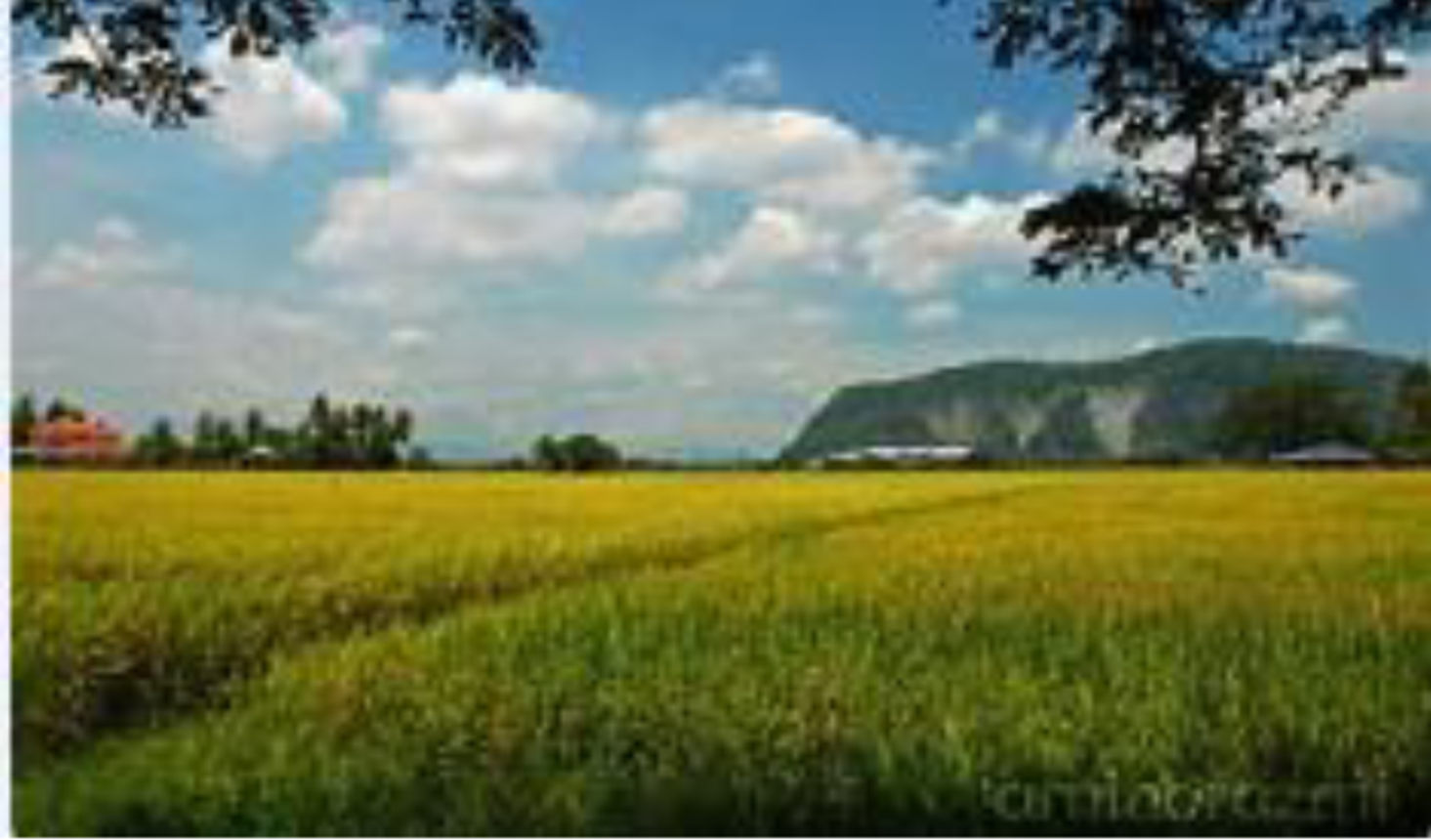
In 1963 Malaysia borrowed Rm 100 million from the World Bank to divert the Muda River to flow north into Kedah and Perlis to increase water supply for growing rice. Muda River is the river which forms the boundary between Province Wellesley and Kedah. At that Rm 100 million was a huge amount of money. My monthly salary working for JKR was only Rm 554. Before the implementation of the Muda River Irrigation project, Kedah and Perlis could only grow one crop of rice during the North-East monsoon. But, when the monsoon changed direction, Kedah and Perlis did not have water supply to grow another crop of rice.
As a co-founder of Mudajaya Construction and as a contractor, I constructed some of the irrigation canals in the Muda River Irrigation project.
As a co-founder of IJM, I was involved in the construction of many infrastructure projects such as water supply, highways and property development. IJM is one of the biggest property developers in Malaysia.
Belt and Road Initiative (BRI)
The Belt and Road Initiative (BRI) is a global development strategy launched by China in 2013 that involves infrastructure projects and investments in many countries and regions. The objectives of the
BRI are:
- To strengthen Beijing’s economic leadership through a vast program of infrastructure building throughout China’s neighbouring regions.
- To create a vast network of railways, energy pipelines, highways, and streamlined border crossings, both westward—through the mountainous former Soviet republics—and southward, to Pakistan, India, and the rest of Southeast Asia.
- To balance regional development in China by connecting the less developed western provinces with the more prosperous eastern coast.
- To provide an outlet for excessive capacity in sectors such as steel, cement, and construction, which have suffered from overproduction and low profitability in China.
- To create a regional economic structure that is more conducive to trade, investment, and cooperation, and that can reduce China’s dependence on the US-led global system.
- To gain political leverage over its neighbours and other countries involved in the BRI by increasing their economic interdependence and influence.
More articles on Koon Yew Yin's Blog
Created by Koon Yew Yin | Dec 26, 2024
Indonesia is the biggest palm oil producer in the world. Indonesia plans to implement biodiesel with a mandatory 40% blend of palm oil-based fuel from Jan. 1 next year, a senior energy ministry offi..
Created by Koon Yew Yin | Dec 13, 2024
Indonesia remains committed to start implementing a 40% mandatory biodiesel mix with palm oil-based fuel, or B40, on Jan 1 next year, its chief economic minister said. Indonesia, the world's largest..
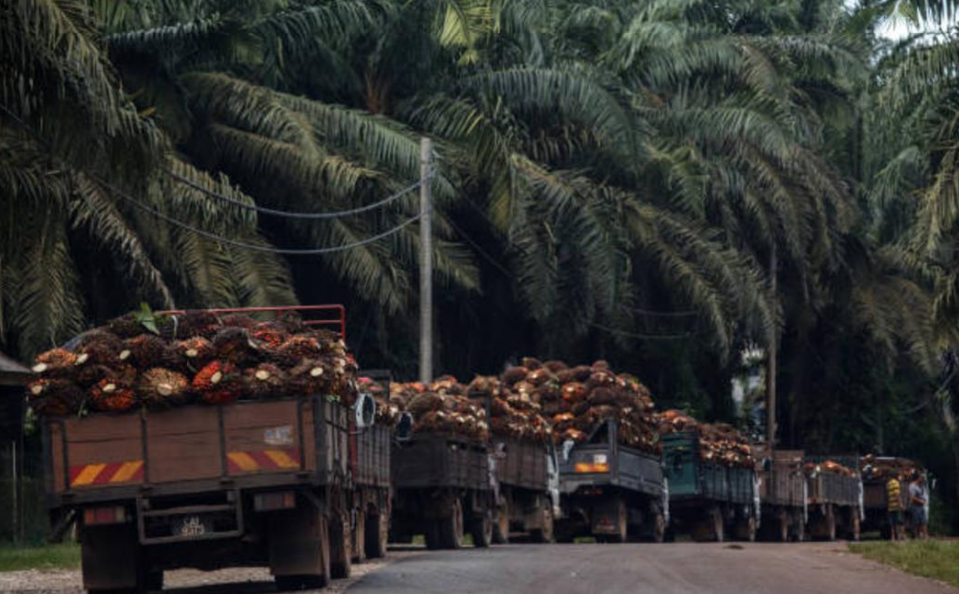
Created by Koon Yew Yin | Dec 12, 2024
Indonesia is the world's largest producer of palm oil, producing an estimated 46 million metric tons in the 2022/23 marketing year. Indonesia also exports over 58% of its production, making it the w..
Created by Koon Yew Yin | Dec 03, 2024
Indonesia is the largest palm oil producer in the world. Indonesia plans to implement biodiesel with a mandatory 40% blend of palm oil-based fuel from Jan. 1 next year, a senior energy ministry offi..
Created by Koon Yew Yin | Nov 25, 2024
My younger brother who was a dentist had bipolar disorder. Unfortunately, he committed suicide about 12 years ago.
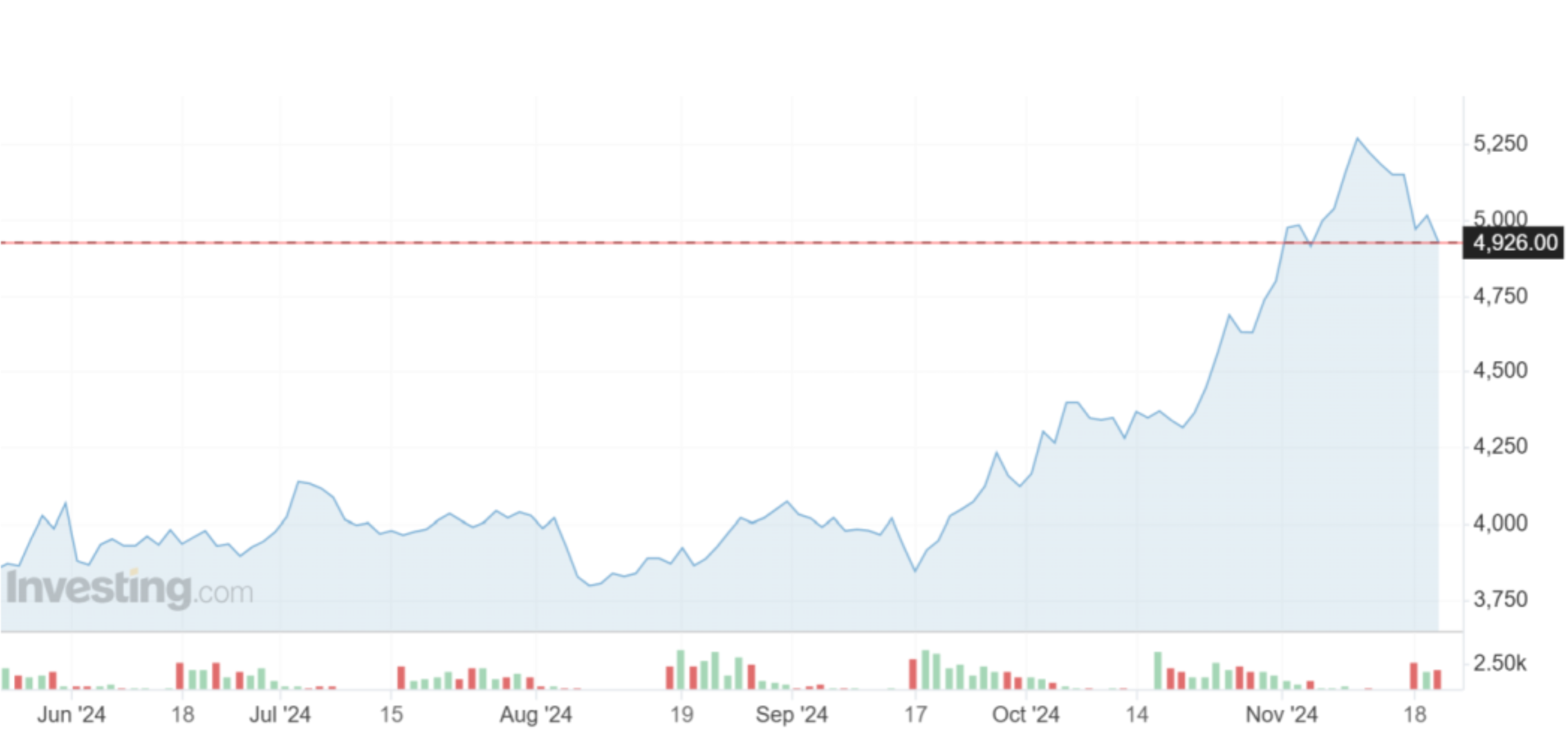
Created by Koon Yew Yin | Nov 22, 2024
All plantation companies are reporting better profit for the quarter ending September when CPO price was about RM 3,800 per ton.
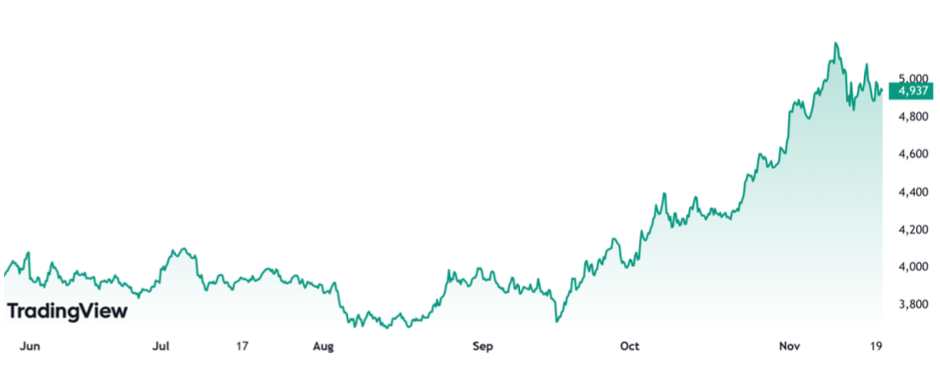
Created by Koon Yew Yin | Nov 21, 2024
Indonesia is the biggest palm oil producer in the world. Indonesia plans to implement biodiesel with a mandatory 40% blend of palm oil-based fuel from Jan. 1 next year, a senior energy ministry offici

Created by Koon Yew Yin | Nov 20, 2024
Indonesia plans to implement biodiesel with a mandatory 40% blend of palm oil-based fuel from Jan. 1 next year, a senior energy ministry official said recently, lifting prices of the vegetable oil...
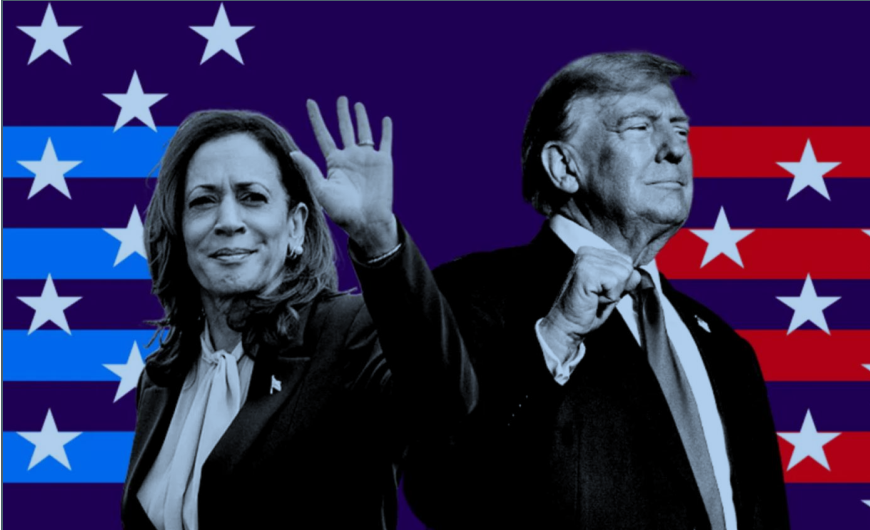
Created by Koon Yew Yin | Oct 30, 2024
Latest poll on 30th Oct 2024
Created by Koon Yew Yin | Oct 30, 2024
Latest poll on 30th Oct 2024
Discussions
yeah babe! HSR to ship all our skilled workers to Singapore earn 3.5x ! KL will become the next Ipoh!
2023-12-28 21:40
North South Highway made it easy to move skilled workers from Ipoh to KL, Penang, JB, turning Ipoh into a dying city. I predict HSR will turn KL into another dying city as all it's talented skilled workers will go to Singapore earn 3.5x
2023-12-28 21:43
Our profits will multiply by 3.5 times if we bring in Singaporean professionals! On the other hand, KL will exceed Ipoh. https://run-3.pro/
2024-01-17 17:46
Infrastructure does not mean anything if it going to cost an arm and leg
Besides, population shrink when cost of living rises in this kind of "structures".
Younger generation refuse to marry due to low wages and exorbitant house prices and greedy rental. To add insult to injury, racist sentiment and community engineering is form by avoiding some other communities. This discrimination will feed social problem, no matter how much you think you are trying to protect yourself. Consequently, only foreign workers will flock in these structures on their day off and some ignorant tourist taking photoshoots oblivion to the decay in the system.
2024-01-17 18:17






















tilerlateen
我完全同意你的观点。
https://tunnel-run.com
2023-12-28 15:54